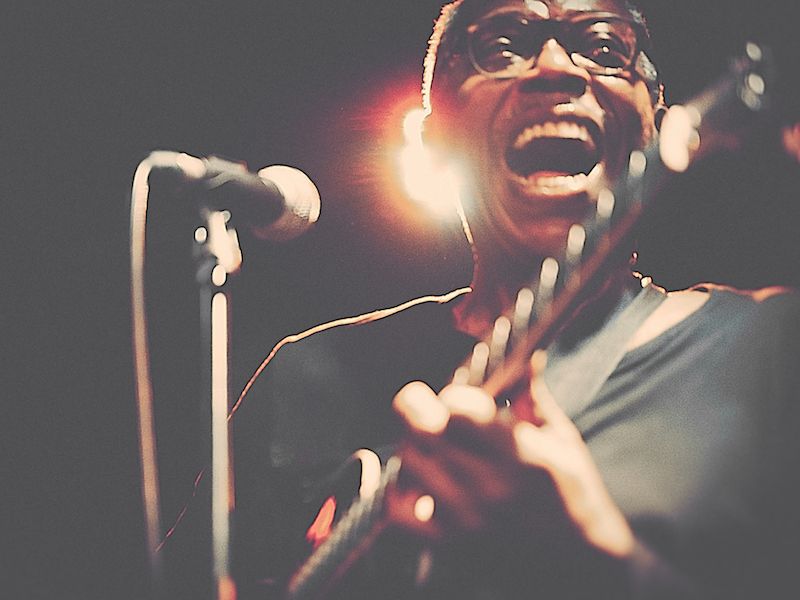
When your favorite song comes on the radio, do you find yourself cranking the volume up? You aren’t on your own. When you pump up the music, you can feel it in your gut. And it’s enjoyable. But, here’s the thing: it can also result in some appreciable damage.
In the past we weren’t conscious of the relationship between music and hearing loss. That has a lot to do with volume (this is based on how many times a day you listen and how intense the volume is). And it’s one of the reasons that countless of today’s musicians are changing their tune to protect their hearing.
Musicians And Hearing Loss
It’s a fairly famous irony that, when he got older, classical composer Ludwig van Beethoven was hard of hearing. He was only able to hear his compositions internally. On one occasion he even needed to be turned around so he could see the thunderous applause from his audience because he couldn’t hear it.
Beethoven might be the first and most famous example of the deaf musician, but he surely isn’t the last. Indeed, a far more recent generation of rock musicians, all famous for turning their speakers (and performances) up to 11–are now going public with their own hearing loss experiences.
From Neil Diamond to Eric Clapton to will.i.am, the stories all seem amazingly similar. Being a musician means spending nearly every day stuck between blaring speakers and deafening crowds. Noticeable damage including tinnitus and hearing loss will eventually be the result.
Not a Musician? Still an Issue
As a non-rock star (at least when it comes to the profession, everybody knows you’re a rock star in terms of personality), you may have a difficult time connecting this to your personal worries. You’re not playing for huge crowds. And you’re not standing near a wall of amplifiers.
But you do have a couple of earbuds and your chosen playlist. And that can be a serious problem. It’s become effortless for each one of us to experience music like rock stars do, way too loud.
This one little thing can now become a substantial problem.
So How Can You Protect Your Hearing While Listening to Music?
As with most situations admitting that there’s a problem is the first step. People are putting their hearing in jeopardy and have to be made aware of it (particularly more impressionable, younger people). But there are other (additional) steps you can take too:
- Get a volume-monitoring app: You may not realize just how loud a rock concert or music venue is. It can be helpful to download one of several free apps that will give you a volume measurement of the space you’re in. This will help you monitor what’s dangerous and what’s not.
- Keep your volume in check: Some modern smartphones will alert you when you’re going beyond safe limits on volume. If you value your long-term hearing, you should listen to these warnings.
- Wear earplugs: When you attend a rock concert (or any kind of musical show or event), wear earplugs. Your experience won’t be lessened by using ear protection. But they will safeguard your ears from the most harmful of the injury. (By the way, wearing ear protection is what the majority of your favorite musicians are currently doing to safeguard their hearing, so even the cool kids are doing it).
Limit Exposure
It’s pretty straight forward math: the more often you put your ears at an increased risk, the more extensive your hearing loss later in life could be. Eric Clapton, for instance, has completely lost his hearing. If he realized this would happen, he probably would have begun protecting his hearing sooner.
The best way to limit your damage, then, is to limit your exposure. For musicians (and for people who happen to work around live music), that can be challenging. Part of the strategy is hearing protection.
But keeping the volume at practical levels is also a smart idea.

